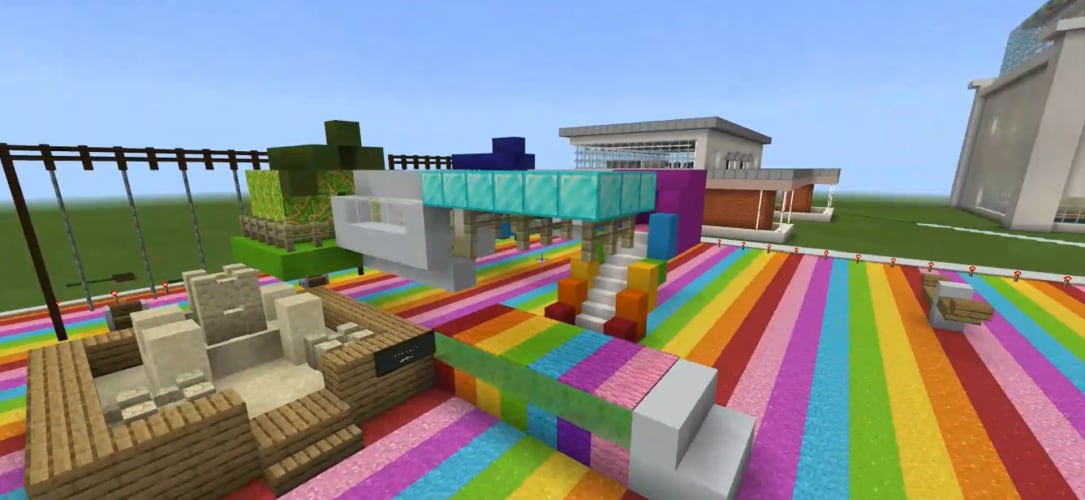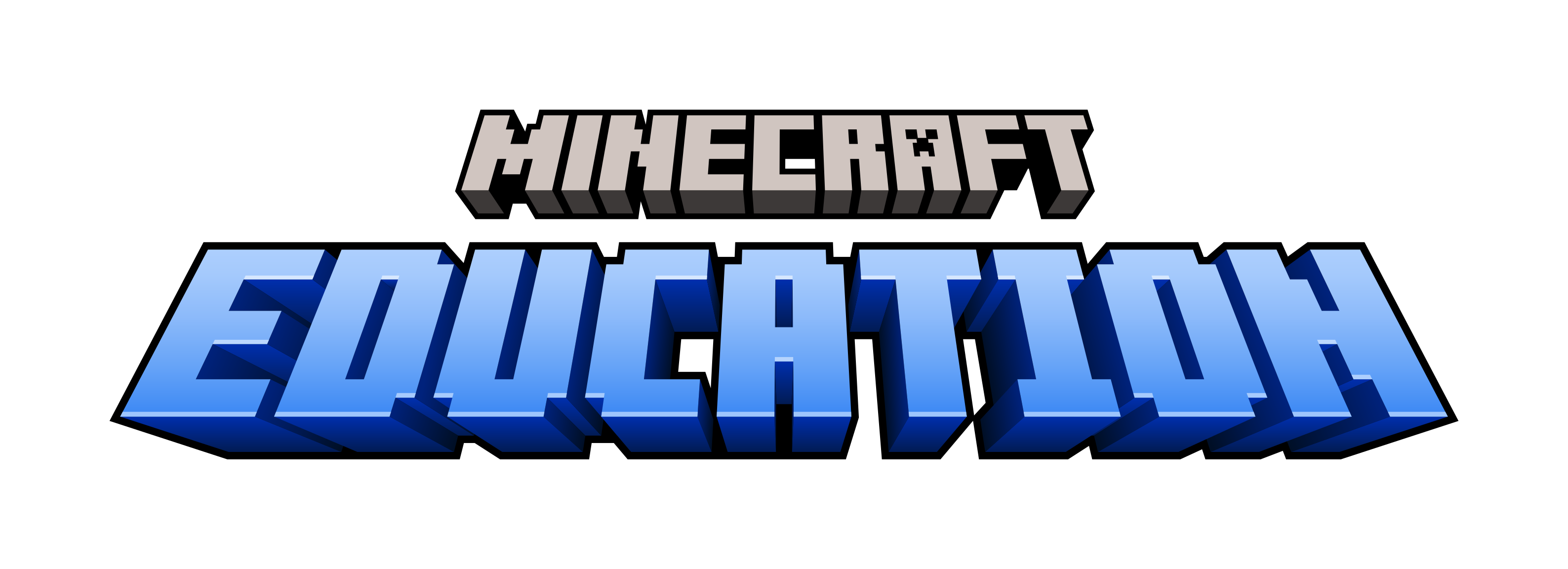Girls Who Game: Empowering female students to pursue STEM with Minecraft

It’s crucial that young women have mentors in STEM, whether that’s a teacher, a parent, or someone in the workforce. According to one study conducted by Microsoft, girls who receive encouragement from their parents are almost twice as likely to stay in STEM. Meanwhile, although women graduate with university degrees at a higher rate than men do, research from Catalyst demonstrates that only about a third of women in the US and Canada who attended a post-secondary program opted for a STEM degree.
With these realities in mind, opportunities for STEM education are essential for girls who might want a career in tech. Dell Technologies and Microsoft have partnered on the Girls Who Game pilot program, an initiative focused on increasing young girls’ access to technology to prepare them for success in a digital world. This extracurricular gaming program gives female students the opportunity to learn through play, with a focus on building global competencies and computational thinking using Minecraft: Education Edition.
The pilot program established Girls Who Game clubs at schools across the US and Canada, developing a girl-centric ecosystem that empowers young women to learn from one another and build confidence in a secure and positive space. To accomplish this mission, the program focuses on three main approaches:
- Provide authentic applications and engage female students in learner-driven experiences that broaden their knowledge, skills, and dispositions within STEM-related fields.
- Develop mentorship by fostering the pursuit of academic and career aspirations for young women.
- Build a community of learners by using gaming to build relationships, amplify success, and promote reflection for continued growth and ongoing feedback.
Katina Papulkas, Education Strategist for Dell Technologies, shares her vision for the program: “If we can engage these young girls early on to develop their skills and build their self-efficacy and confidence, and to realize their potential, that would be a major success, essentially encouraging more women to explore STEM careers.”

Girls accessed mentors from the tech community to help build awareness of the kind of roles that are possible for women in STEM. The mentorship program gave girls access to mentors from Dell Technologies and Microsoft, who helped foster their advancement by leveraging their real-world experience. Mentors virtually facilitated opportunities that inspired, educated, and equipped girls from the program with authentic applications for their STEM knowledge. Serving as positive role models, these mentors worked to motivate students, building self-respect and self-esteem.
“By creating more visibility of women in STEM, we want to teach these girls about what’s really out there for them and provide them with the basic skills they need to truly dream big for what they can achieve professionally,” says Papulkas. “We want to be building leaders that have self-efficacy and confidence to continue in STEM.”
Real-world Challenges
In 2019, Girls Who Game initiated a competition focused on real-world challenges. Girls at participating schools had the opportunity to use design thinking to address challenging issues, then create solutions in Minecraft: Education Edition and Code Builder. They were tasked with imagining the school of the future. The emphasis wasn’t on technical skills, but on using digital tools to amplify their global competencies.
It was a chance for students to develop and practice their collaboration, creativity, critical thinking, and problem-solving skills. Schools across Canada encouraged their students to dream up solutions, then create them in Minecraft: Education Edition and submit them to a panel of judges. The teams came up with some incredible designs! After an extremely tight race, the judges settled on a two-way tie for first place between Woburn Junior Public School in Scarborough, Ontario and Renfrew Elementary School in Vancouver, British Columbia.
The club from Renfrew Elementary in Vancouver designed their school of the future with a large campus featuring a beautiful central fountain, a modern library, a language-learning hub, an activities building, and more. Each of these features was designed with accessibility, social-emotional learning, and mental health in mind. Students recognized the power of inclusion in forward-thinking education, and even added animal therapy spaces to ease student stress! Take a look at their remarkable work.
It was especially exciting to learn how their campus’ central fountain was inspired by a similar structure at the University of British Columbia, and how the team had to overcome communication hurdles to complete this element of their build. After recognizing that they needed to collaborate more effectively, the students realized they needed to re-set the project and successfully completed it in a way that satisfied the whole team. It was a fantastic display of resiliency leading to an impressive build!
The team from Woburn Junior in Ontario decided to focus on promoting sustainability in an imaginative ground-up rebuild of their school 100 years in the future. Their school focused on sustainability, accessibility, flexibility, and digital immersion. This video shows off their amazing build!
Their solutions were imaginative and innovative, with features like solar panels and sunlight-trapping glass to minimize heating costs, as well as onsite gardens to provide fresh food, supported by compost from lunch scraps and rainwater collection. The students even used Minecraft: Education Edition’s in-game Code Builder to construct the playground and provide landscape elements in the school’s outdoor spaces!
The students from Morning Glory Public School in Pefferlaw, Ontario earned the runner-up spot with their school of the future: Pinns and Maxi Public School. Their project progressed from the unplugged planning phase into the digital space, starting on paper and taking shape in Minecraft. The team was focused on inclusion and access to nature, with a special outdoor area to help students incorporate diverse ecosystems into their learning.
Congratulations to these incredible students! We’re inspired by the imagination and collaboration at work in all of these projects, and we know that with opportunities to access mentorship, technologies, and learning opportunities that ignite their passion, today’s girls will become tomorrow’s STEM leaders.
You can learn more about the Girls Who Game program in this chat between Katina Papulkas and Kevin Peesker, president of Microsoft Canada. If you’re curious about how Minecraft: Education Edition can be used in the classroom, head to education.minecraft.net.


